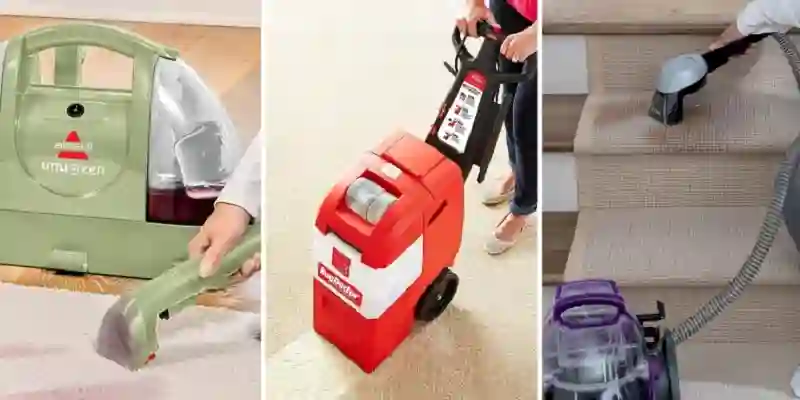Oriental and Persian rugs are not just floor coverings; they are works of art, steeped in history and tradition. Each rug, with its intricate designs and patterns, tells a story, embodying centuries of artistic expression and craftsmanship. However, these exquisite pieces require more than admiration—they need proper care and maintenance, especially when it comes to cleaning. In this 1000-word article, we delve into the art of rug cleaning specifically tailored for Oriental and Persian rugs, exploring the nuances that make these treasures both challenging and rewarding to maintain.
Understanding Oriental and Persian Rugs
Before delving into cleaning techniques, it’s essential to understand what sets Oriental and Persian rugs apart. Traditionally handwoven, they are made from natural fibers like wool, silk, and cotton. The natural dyes used in these rugs are sensitive to harsh chemicals and rough handling, making their cleaning a delicate task. The value of these rugs often increases with time, provided they are well-maintained, making proper cleaning not just a matter of aesthetics, but of preserving an investment.
Why Regular Cleaning is Crucial
- Dust and Dirt Removal: Regular cleaning removes dust and dirt that can accumulate within the fibers, causing the rug to lose its vibrancy and potentially damaging the fibers.
- Preserving Quality and Appearance: Proper cleaning methods help in preserving the natural fibers and the rich colors of the rug.
- Preventing Moth and Insect Damage: Moths and other insects can cause irreversible damage to rugs. Regular cleaning helps in preventing infestations.
- Eliminating Odors: Oriental and Persian rugs can trap odors over time, and regular cleaning ensures that they remain fresh.
- Allergen Reduction: Regular cleaning can significantly reduce allergens such as pet dander, pollen, and dust mites that might be trapped in the rug fibers.
Cleaning Techniques for Oriental and Persian Rugs
- Vacuuming: Regular vacuuming is the first line of defense in rug maintenance. It should be done gently, without the beater bar, to avoid damaging the fibers. Vacuuming both sides of the rug ensures that most of the dirt and dust is removed.
- Spot Cleaning: Immediate attention to spills is crucial. Blotting, not rubbing, is the key to preventing stains. Using a mixture of water and mild detergent, gently dab the stain. For silk rugs, it’s advisable to leave spot cleaning to professionals.
- Washing: Hand washing is the preferred method. Rugs should be washed with cold water and a mild, rug-specific detergent. Avoid using harsh chemicals, as they can damage the fibers and cause color bleeding.
- Rinsing: Thorough rinsing is crucial to remove all detergent residues. Any residue left in the rug can attract dirt and lead to rapid resoiling.
- Drying: Rugs should be dried flat, away from direct sunlight to prevent colors from fading. Ensure the rug is completely dry before placing it back on the floor, as dampness can lead to mold and mildew growth.
Professional Cleaning
While DIY cleaning is possible, there are times when a professional touch is necessary:
- Deep Cleaning: Over time, dirt and grime that are not removed by regular vacuuming can become embedded deep within the rug fibers. Professional cleaners use methods that can safely and effectively deep clean without damaging the rug.
- Delicate Fabrics: Silk and antique rugs should almost always be cleaned by professionals due to their delicate nature.
- Stubborn Stains and Odor Removal: Some stains and odors are tough to remove and require professional treatment to eliminate without harming the rug.
- Restoration: In cases of severe damage or wear, professional restorers can often work miracles, repairing and revitalizing old and damaged rugs.
DIY Cleaning: Dos and Don’ts
If you opt for DIY cleaning, here are some essential tips:
- Do test any cleaner on a small, inconspicuous area first to check for colorfastness.
- Do use a soft brush or sponge for gentle cleaning.
- Do ensure the rug is thoroughly dried to prevent mold and mildew.
- Don’t use hot water, as it can cause shrinkage and color bleeding.
- Don’t use strong chemicals or bleach, as they can damage the fibers and colors.
- Don’t machine wash or dry clean, as these methods can be too harsh.
Maintenance Tips for Longevity
- Rotate Regularly: Regular rotation helps in even wear and prevents fading from sunlight.
- Avoid Direct Sunlight: Prolonged exposure to direct sunlight can cause colors to fade. Using blinds or curtains to diffuse direct sunlight is recommended.
- Use Rug Pads: Rug pads can extend the life of your rug by absorbing shock and reducing wear.
- Professional Appraisal: Periodically having your rug appraised by a professional can be beneficial, especially for insurance purposes.
Conclusion
The cleaning and maintenance of Oriental and Persian rugs are as much an art as their creation. These rugs demand a level of care that respects their delicate materials and honors their heritage. By adhering to appropriate cleaning techniques and practices, you not only maintain the aesthetic appeal of these rugs but also ensure their longevity and, in many cases, their increasing value. Whether you opt for professional cleaning or take on the task yourself, the key is to approach the process with the respect and care that these exquisite pieces of art deserve. In doing so, you ensure that these treasured rugs continue to add beauty and elegance to your home for years to come.


